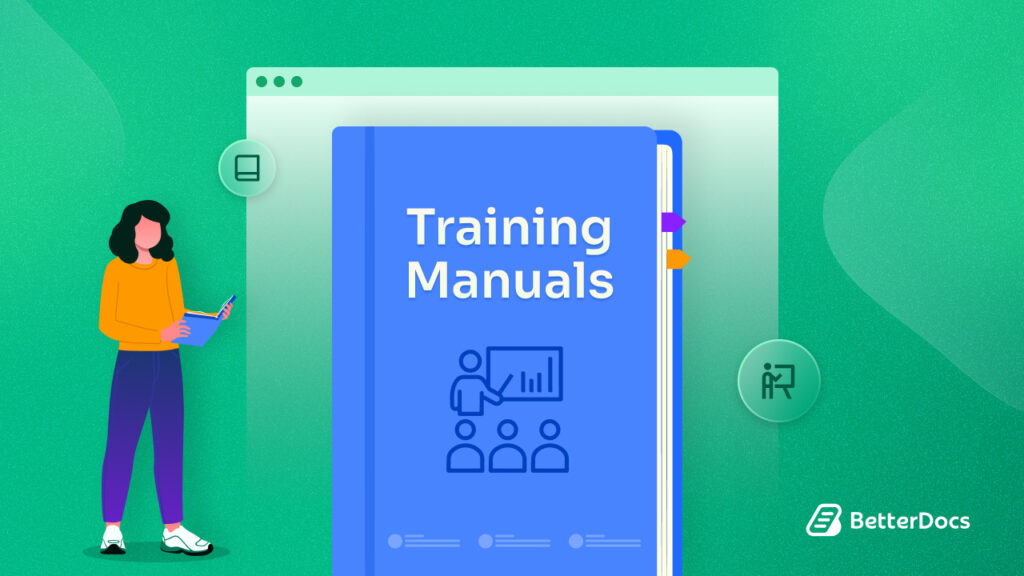To maintain a modernized workplace, building a robust Documentation Culture is crucial. It is the foundation for sharing knowledge, sparking innovation, and guiding teams towards excellence. But what exactly is Documentation Culture, and how can we nurture it to unlock its potential? Join us as we explore the essentials of fostering a Documentation Culture in the workplace, where every piece of knowledge contributes to collective brilliance.

Understanding Documentation Culture: A Blueprint For Knowledge Sharing
Fostering a Documentation Culture within an organization has emerged as a critical factor for success. This foundational concept is not merely about recording information; it’s about creating an environment where knowledge is valued, shared, and leveraged to drive innovation, streamline processes, and enhance overall productivity.
At its core, Documentation Culture represents a mindset and a set of practices that prioritize the systematic capture, organization, and dissemination of information. It’s a cultural shift that transforms knowledge into a valuable asset and recognizes that concise documentation is not a mundane task but a strategic endeavor.
Defining Criteria Of A Basic Documentation Culture
A robust documentation culture is the cornerstone of organizational knowledge preservation, streamlined processes, and effective collaboration. To understand Documentation Culture fully, let’s delve into its key criteria
👉Transparency And Accessibility: In a thriving Documentation Culture, knowledge is readily accessible to all team members. Documentation is not hidden away but is easily searchable and available, promoting transparency and inclusivity.
👉Continuous Learning: Documentation Culture is synonymous with a commitment to learning and improvement. Team members are encouraged to update, revise, and expand documentation, reflecting an ever-evolving understanding of best practices.
👉Standardization: It emphasizes the importance of standardized formats and templates for documentation, ensuring consistency and clarity. Standardization streamlines processes and mitigates misunderstandings.
👉Collaboration: A Documentation Culture fosters collaboration as team members collectively contribute to the creation and improvement of documentation. It’s a shared responsibility that transcends individual roles.
👉Ownership: Team members take ownership of their contributions to documentation, instilling a sense of responsibility and accountability. Ownership promotes a culture of care and precision.
Setting The Stages Of Documentation Culture
Documentation Culture is not a static concept; rather, it evolves through distinct stages that shape an organization’s approach to knowledge sharing and documentation practices. Let’s define the four key stages that set the stage for an effective Documentation Culture:
Recognition Stage: Acknowledging The Value Of Documentation
In this initial stage, organizations come to recognize the importance of documentation as a strategic asset. They understand that knowledge sharing and preservation are not merely administrative tasks but vital components of operational success. The Recognition Stage is characterized by the realization that documentation can enhance efficiency, foster innovation, and reduce errors.
Adoption Stage: Embracing Documentation Practices
As organizations progress, they move into the Adoption Stage, where they actively integrate documentation practices into their daily operations. This involves implementing standardized documentation formats, creating accessible repositories, and encouraging team members to contribute to the documentation process. The Adoption Stage emphasizes the cultural shift toward valuing and utilizing documentation.

Maturation Stage: Refinement & Expansion
In the maturity stage, organizations refine their documentation processes and expand their scope. Documentation becomes ingrained in the organizational culture, with continuous improvements and updates. Teams collaborate seamlessly to maintain and enhance documentation, and there is an emphasis on accessibility, consistency, and accuracy.
Optimization Stage: Harnessing Documentation Culture’s Full Potential
The final stage, the Optimization Stage, represents the pinnacle of a thriving culture. Organizations leverage their well-established documentation practices to optimize operations fully. Knowledge sharing is a seamless part of daily work, and documentation serves as a catalyst for innovation and growth. In this stage, organizations harness the full potential to achieve excellence and adapt to changing environments.
Top 5 Best Practices: Nurturing Knowledge-Sharing Excellence
These best practices serve as the guiding principles for fostering an environment where documentation is valued, accessible, and a catalyst for success.
Champion Leadership & Ownership
At the heart of a thriving Culture lies leadership that champions the cause. Encourage leaders to take ownership of documentation initiatives and training manuals, setting an example for the entire organization. Leadership commitment ensures that documentation practices are prioritized and integrated into the organizational mindset.
Standardization For Clarity
Standardized documentation formats and templates are the cornerstones of clarity and consistency. Establish standardized guidelines for documenting processes, procedures, and knowledge. This ensures that documentation is easily understood, reducing ambiguity and misinterpretation.
Accessibility & Searchability
Make knowledge easily accessible to all team members. Implement robust systems that allow for effortless searching and retrieval of documentation. Accessibility ensures that knowledge is not locked away but readily available to those who need it.
Collaborative Contribution
Foster a culture of collaborative and processed documentation. Encourage all team members to actively contribute to the documentation process. Teamwork ensures that knowledge is enriched and captures a diverse range of insights and expertise.

Regular Updates And Maintenance
Documentation is not a one-time effort; it’s a living resource. Establish protocols for regular updates and maintenance of documentation. Ensure that outdated information is purged and the latest knowledge is incorporated.
Embrace A Documentation Culture For Future Success
We’ve explored the fundamentals, stages, and best practices that serve as the building blocks of knowledge sharing and organizational success. As we conclude our exploration of this topic, remember that it’s not just about recording information; it’s about fostering an environment where knowledge thrives, innovation flourishes, and excellence becomes the norm.
If you have found this blog helpful, share your opinion with our Facebook community. You can subscribe to our blogs for valuable tutorials, guides, knowledge, tips, and the latest WordPress updates.









